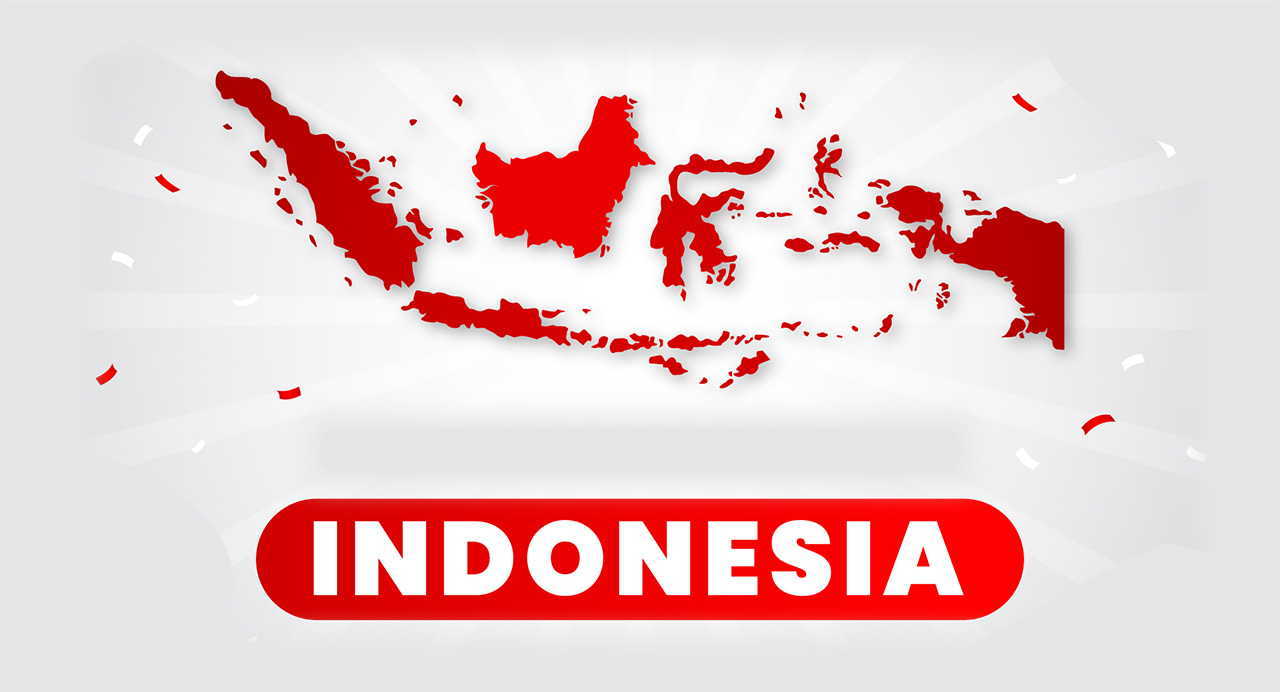Xu Longchuan: Indonesia's Industrialization, Big Opportunity for Chinese Companies

I. History of Industrialization in Indonesia:
In 1967, Indonesia underwent a change of government when the military intervened and the government became strong under President Suharto, and so the process of industrialization began. Indonesia adopted high tariff protection for textiles, and in 1967 textile production was 100 million meters per year, while by 1980 this production had increased 100 times in ten years to 10 billion meters per year, transforming it from an importer to an exporter. The main investment came from Japan, which introduced technology into Indonesia by selling machinery and equipment, from weaving to finished products. This was followed by the rapid development of housing construction, food industry, food processing and transportation. At that time, Indonesia became self-sufficient in rice, turning it from an importer to an exporter. Automobile manufacturing, especially the production of parts, also grew rapidly, mainly due to the high demand for motor vehicles, especially motorcycles and small cars, because of Indonesia's cheap labor and large population base.
This led to massive investments in Indonesia by Toyota, Honda and Daihatsu.These brands entered Indonesia in the 1970s and thus the 1970s to 1980s were the golden age of Indonesian industry with considerable development of domestically produced products.In 1989, the government began to propose the establishment of industrial parks to accommodate the relocation of firms, mainly from Japan, which was experiencing a currency crisis and the yen was suffering. As a result, from the 1990s onwards, the Japanese economy stagnated and manufacturing needed to be relocated abroad, with Southeast Asia, particularly Indonesia, Thailand and Malaysia, becoming the main targets. From 1989 onwards, especially in the Bekasi and Kalawang areas, the Jababeka Industrial Park became a pioneer. Since then, Indonesia's industrialization process accelerated with the influx of foreign direct investment. 1997 saw the collapse of the Suharto regime after the Asian Financial Crisis and the reforms of what had been an authoritarian government into a democratic one. Suharto was in power for 32 years, and from 1998 onwards, the presidency began to change frequently, with Habibie serving for one year, Wahid for one year, Megawati for three years, then Susilo for ten years, and Jokowi for ten years. Thus in less than 20 years, Indonesia has had five presidents, compared to two presidents from Sukarno to Suharto in the previous nearly 50 years.
With these changes, the process of industrialization suffered, and investment declined because protection measures were removed and Indonesia, having joined the WTO, could no longer protect its industries. At the same time, the rise of China and the emergence of Vietnam, and the influx of goods from China into Indonesia, made the competitiveness of Indonesian industry gradually decline, especially the textile industry began to collapse, lack of funds to buy new machines and technology.
II. Opportunities for Chinese Enterprises to Enter Indonesia
After 2000, investment declined due to changes in the political system and foreign investors' concerns about Indonesia's political instability, with the exception of South Korea. South Korea also faced problems like Japan did in 2000 and therefore invested massively in Indonesia, with four to five times more factories entering the country than Japan. This has resulted in the industrial parks in the Bekasi and Karawang areas benefiting greatly from the massive Korean investment. However, when it came to the automotive industry, Japan still had strong distribution centers and continued to add capacity. At this time, Indonesia's focus was no longer on the production of food, clothing and housing, but on infrastructure development. Infrastructure development led to a slowdown in industrialization, but prepared the country for a new round of investment, and when the Belt and Road Initiative came to Indonesia in 2013, President Jokowi became the most suitable leader as he pushed for infrastructure development in preparation for reindustrialization. Without infrastructure improvements, Indonesia's competitiveness will be weak and industrialization will not be possible. At the same time, this is an opportunity for countries that want to move their factories out of the country, such as China, which is now facing a situation similar to that of Japan in the 1990s and South Korea in the 2000s, to be the most prepared in terms of infrastructure.
III. How to land Indonesia at low risk
Now that Indonesia has formed a more mature democracy, the way to enter the market is different than in the past. 25 years ago, things could be solved by dealing with the central government; now, it is necessary to communicate with all levels of government, including the regency government, the provincial government, and the central government. Therefore, to enter the Indonesian market you need to have a partner, unless it is a large company like the Qingshan Group, but Qingshan also has partners in Indonesia. To invest in Indonesia, it is necessary to have the right partners.
Good partners can be provided by Governments in special economic zones or industrial parks, which can be partners for small and medium-sized enterprises. In the case of very large enterprises, they can actually set up their own industrial zones, but for medium-sized and large enterprises, it is better to go into industrial parks, where they can get legal security and a good infrastructure, just like any other modern city. These are within special economic zones. Thus, there are solutions for foreign companies that want to enter Indonesia, although they face difficulties.
Japanese investors had always been looking for local partners, and that need was even stronger now. SMEs don't have the resources like large corporations, so the easiest way is to buy a ready-made business or lease it first, which will be easier, especially since it is safer to start with trading first. Trading allows you to build friendships and learn about the Indonesian distribution system, culture, and how to do business in Indonesia, how to apply for government licenses, and understand the Indonesian market. Therefore, the first step to enter Indonesia is trade, which is the safest. This is followed by investment. In the investment process, choosing the right partner is very important, and the ideal partner should already have distribution channels and customers. It takes time to judge and find the most suitable partner.
IV. Differences between China, Japan and South Korea in Doing Business in Indonesia
Due to the long history of Indonesia's relationship with Japan, Indonesians have learned that negotiating with the Japanese takes longer, but once an agreement is reached, the Japanese are very committed and are able to build long-term relationships. And unlike the experience with the Chinese, who are quick to make decisions but then change them, this situation does not sit well with the Indonesians. As for Korea, there are fewer partnerships because most of the Korean companies that have entered Indonesia are large corporations whose supply chains are protected by large corporations such as Samsung and Hyundai, almost forming their own small communities. As for China, it has developed a certain understanding as it has less experience but has been with the Chinese in Indonesia for over 1,000 years.
As a result, the Chinese in Indonesia have become an important bridge for Chinese companies to enter Indonesia nowadays, and many of them have intermarried with the locals and have come to be regarded as Indonesians with a patriotic spirit. However, it is harder to distinguish between these people because of the similarity in appearance, so going through an experienced partner in Indonesia is the best way to learn how to do business in Indonesia.

